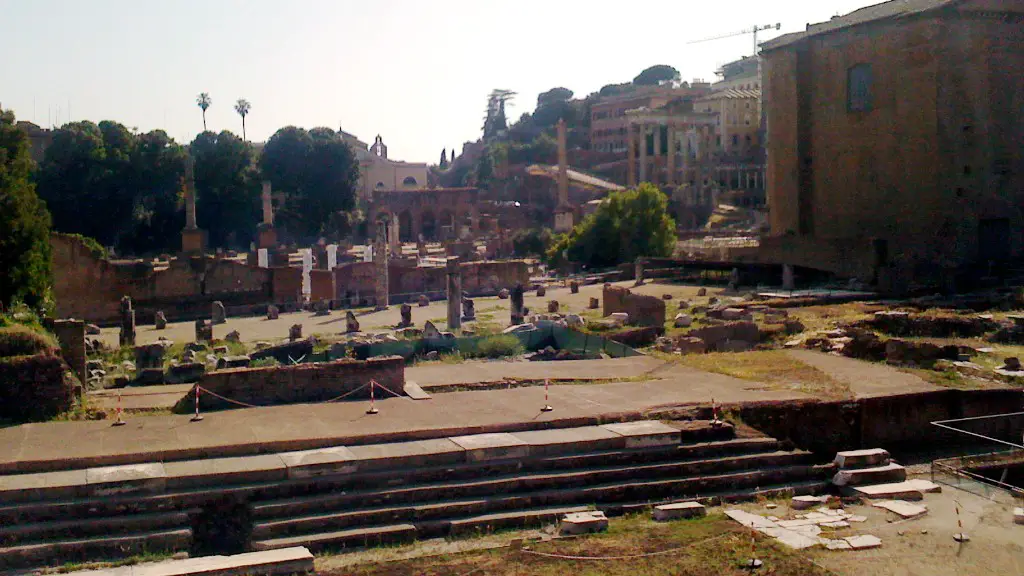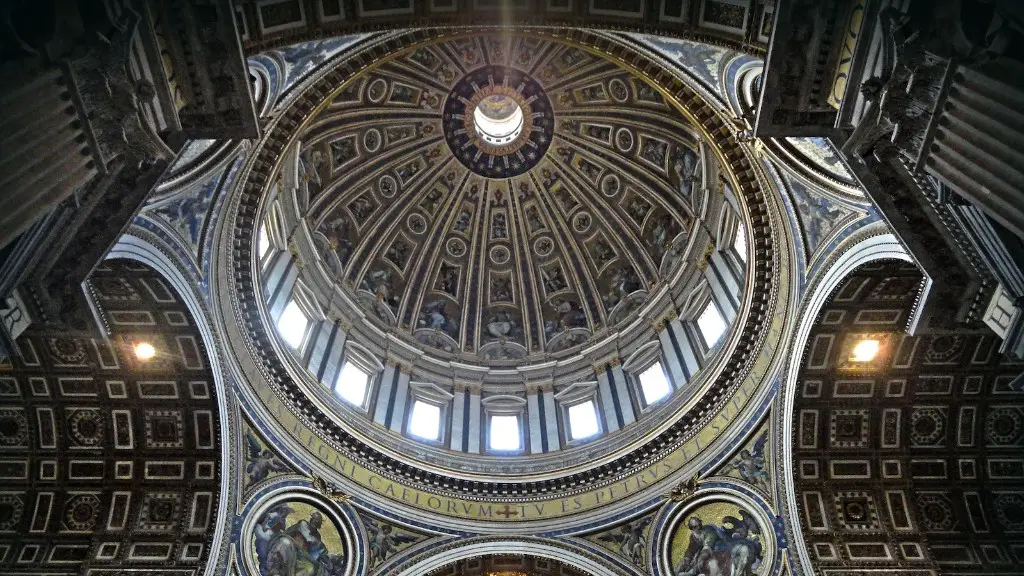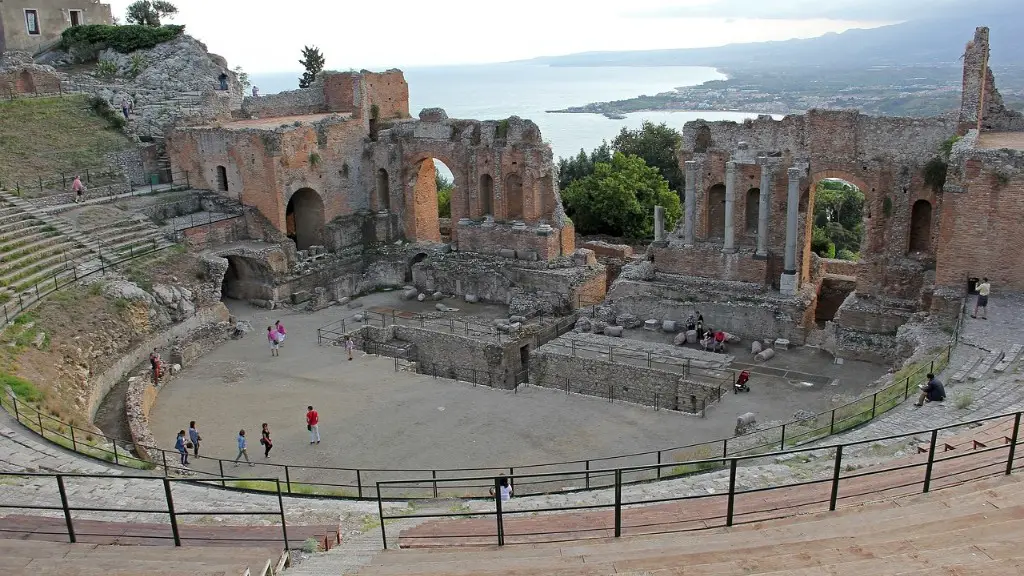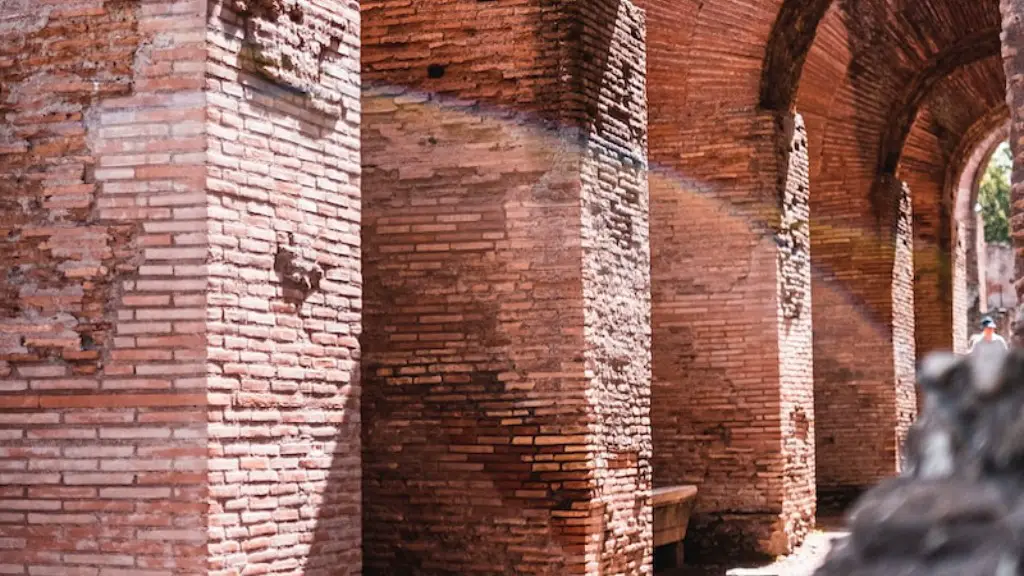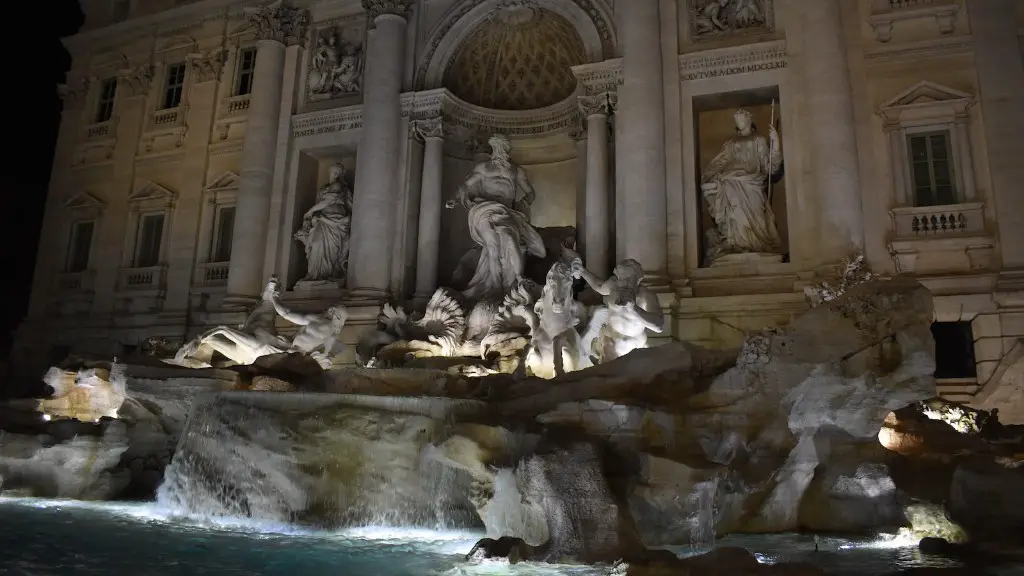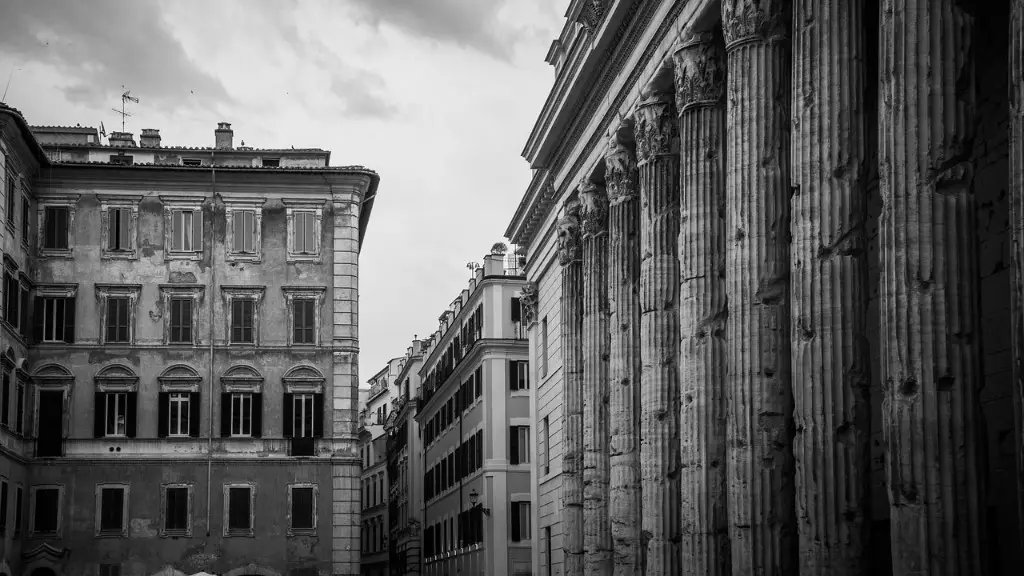The Roman Empire was famous for its grandeur and opulence, with many citizens owning residences that could arguably be considered lavish. But what were these extravagant houses called in Ancient Rome? While many different types of homes existed, the most wealthy and influential would have had access to some of the grandest options. In this article, we will explore these luxurious homes, how they were built, and their importance in the Roman world
Villa Gardens: An Oasis of Luxury
The wealthiest citizens of Rome had access to a special type of home: the villa garden. These villas were incredibly luxurious, and many would have included lush gardens and grounds full of exotic plants and animals—a far cry from the more utilitarian homes of the lower classes. The most elaborate villas could even house multiple family units and include everything from groves of citrus trees to marble-clad swimming pools. Many villas had elaborate works of art, fountains, mosaic floors, and other impressive materials and decorations.
By living in their villa gardens, the Roman elite were able to escape the heat, dust, and noise of the city, creating a truly luxurious refuge. These grand homes were often built on hillsides and surrounded by vineyards, orchards and olive trees, providing a very idyllic setting.
The Palatial Domus
In addition to the villa gardens, wealthier citizens of Ancient Rome could also opt for the domus, a type of large, stately home. The domus consisted of a large atrium, several bedrooms and bathrooms, and a dining room which often featured a large central table. These homes were lavishly decorated and featured lavish colors, expensive fabrics, and all the modern conveniences.
The domus was also the home to many of the most important social functions of the time, such as banquets and dinner parties. These functions often occurred in the large triclinium, a reception hall which featured a large table with three sets of couches arranged in a U-shape. This setup allowed guests to recline comfortably while dining and socializing.
The Plebeian Insulae
In contrast to the domus, the insulae was the more modest type of home typically inhabited by the lower classes. These homes were usually multi-story buildings arranged around a central courtyard and typically lacked many of the modern amenities found in the domus. While they did not have the luxuries of villa gardens and domus homes, many insulae were still quite well outfitted with basic furniture and appliances.
The insulae were also designed to be utilitarian and efficient, often stacked one on top of another, with the apartment on the bottom floor being used to house animals, while the upper apartment was used by the family. Despite their relatively small size, the insulae were well built and could be surprisingly comfortable and accommodating.
The Social Implications of Roman Homes
The disparity between different types of Roman homes was a powerful symbol of the social status of their inhabitants. The wealthy and influential families of Rome were able to build extravagant villas and domus, while the lower classes were relegated to small insulae. This stark contrast highlighted the vast wealth gap in Roman society, with the wealthy having access to much more comfortable and luxurious living conditions than their less well-off counterparts.
Nevertheless, the villas, domus, and insulae all played important roles in the social life of Ancient Rome. The grandeur of the villas and domus was a potent symbol of the wealth and power of the Roman elite, while the smaller insulae illustrated the plight of the plebeian class. Within these homes, families would entertain guests, have meaningful conversations, and share special moments—all of which played into the fabric of Roman society.
Architecture of Ancient Roman Homes
Although the exterior of Roman villas and home varied greatly, one of the underlying structures remained relatively constant. Many structures made use of hypocausts—structures meant to provide heating, usually consisting of a raised floor with an underfloor space filled with air. This air circulated through a network of channels in the walls and ceiling, keeping the home a much more comfortable temperature. This was especially important during the coldest months of the year, when the vast majority of Romans were living without the luxury of warm beds, baths, and fireplaces.
Among the most impressive architectural features of Roman homes were the porticos. These were open-air courtyards at the center of a villa or domus, and often featured elaborate mosaics, artwork, and gardens. Some of the largest and most luxurious examples featured benches and tables, fountains and shrines, and life-sized sculpture. These grand displays of wealth and opulence no doubt made quite an impression on visitors.
Domestic Life In Ancient Rome
For many Ancient Romans, the home was the center of their lives. Inside the villas, domus, and insulae of Rome, families could be found spending time together, taking part in religious rituals, or simply enjoying a meal and conversation with friends. These homes were where memories were made, and where stories and traditions were passed down through the generations.
Overall, the homes of Ancient Rome were diverse in architecture, size, and extravagance, with wealthy and powerful elites having access to grand villas, while the poorer classes had access to smaller insulae. Despite these disparities, all of the homes played an integral role in Roman life and helped to shape the culture and beliefs of the time.
Ancient Roman Homes Throughout the Empire
Roman homes were also found throughout the Empire. These homes had many of the same features as the villas and domus of Rome itself, though they were often built to fit the local climate and landscape. In some areas, the homes may have featured mud-brick walls, while in more temperate areas, exquisite stone buildings could be found. Regardless of the material used in their construction, these homes helped to form the unique identity of each region and served as a symbol of Roman power and influence.
The most spectacular and expensive homes could be found in wealthier regions, such as North Africa and Syria. Here, many of the walls were adorned with colorful frescoes, while the floors were covered with marble, inlaid with intricate mosaics and elaborate gems. These grand mansions were constructed with the utmost care and opulence, and no doubt made the citizens living in them feel quite important.
Preserving Ancient Roman Homes
In recent years, many of the homes of Ancient Rome have been restored and preserved. Programs such as the Roman Heritage Project have helped to uncover many of the long-forgotten villas, domus, and insulae, breathing new life into them. The information gleaned from the ruins of these once-grand structures has enabled us to more fully understand the lifestyle of the Romans and gain a better appreciation for the opulence of their homes.
Visiting the locations of some of these homes, one can almost imagine the life that was once lived there. From the comfort and luxury of the villa gardens to the simpler insulae of the plebeian class, these homes are a reminder of a bygone era and the unique way of life that existed in the Roman Empire.
Roman Home-Building Through the Ages
The homes of Ancient Rome were the product of a civilization that had mastered the art of construction and boasted the most advanced architecture of their time. But the legacy of Roman home-building continues to survive to this day. It can be seen in the enduring designs of European architecture, the grand villas of coastal resorts around the world, and even the homes we choose to design and build for ourselves.
The Romans had an immense appreciation for the power of architecture and the homes they built demonstrate a level of both sophistication and creativity that is still admired and copied today. From grand stately homes to modest insulae, the homes of Ancient Rome remain a fascinating reminder of a once-great empire.
Roman Home Interiors and Furnishings
When it comes to the interior of Ancient Roman homes, it is important to remember the grandiosity and opulence that was so often present. Rich fabrics and furniture were common in domus and villas, while insulae were usually equipped with furniture meant to provide some level of comfort. In wealthier homes, beautiful mosaics could be found on the walls and floors, while the furniture was often highly ornate, with gilded and carved designs.
The bedrooms of wealthy Romans often featured large and comfortable beds as well as plush couches for reclining. Many of these pieces made use of luxurious materials such as silk and animal skins, providing an added level of comfort and elegance. Additionally, servants often lived in the homes of the wealthy and could be found both cleaning and providing services to their employers.
Religion and Life in Ancient Roman Homes
Religion played a very important role in the life of Ancient Roman families and was often an integral part of the home. The members of the household were expected to follow the gods of Rome and keep the household shrine clean and maintained. This shrine usually took the form of a small altar, usually made of marble or bronze, and decorated with images of the family’s gods and goddesses.
Religious festivals, such as the Saturnalia, were also often celebrated in the home. During these events, families would come together to feast, sing, and exchange gifts. Roman homes, whether humble or lavish, were truly the heart of Ancient Roman life and the center of their religious practices.
Conclusion
In conclusion, the homes of Ancient Rome were just as diverse as the people who inhabited them. From lavish villas and domus to more humble insulae, each home played an important role in Roman culture and was a reflection of the social status of its inhabitants. Each home was an important part of life in the Roman Empire, and many of the design elements of these homes still live on today.
